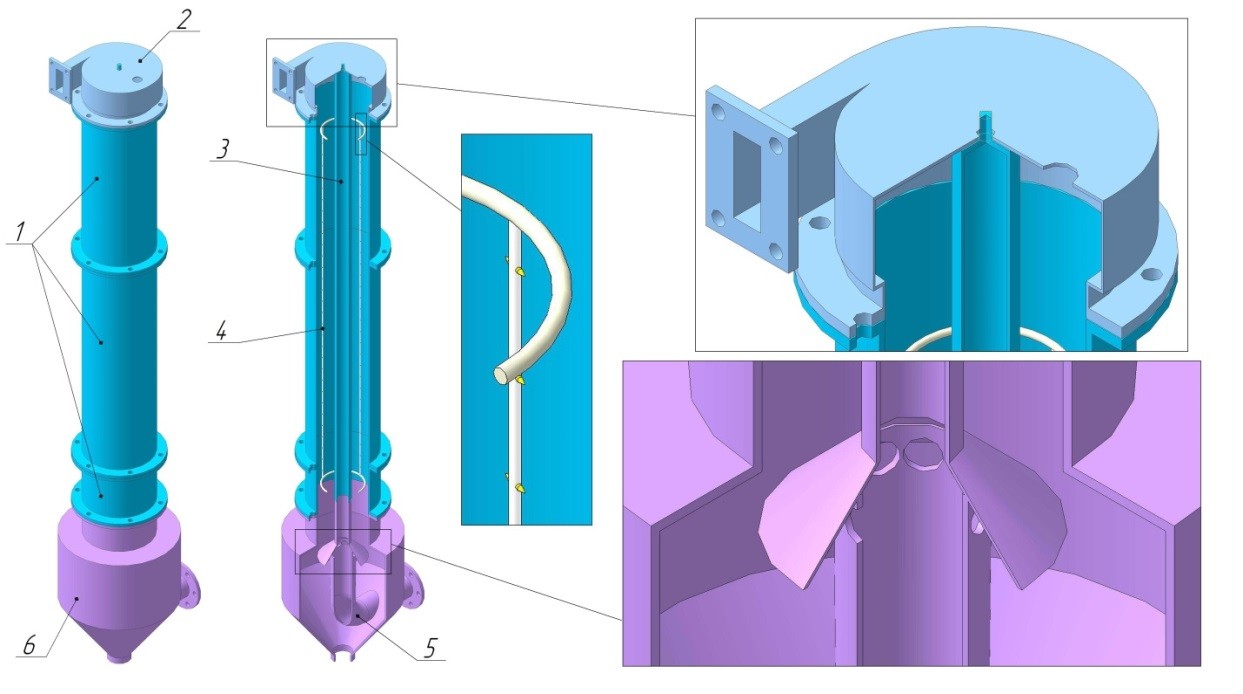
Reducing of industrial atmospheric emissions using electrocyclone
Abstract
Keywords
Full Text:
PDFReferences
Bréchignac F, Desmet G. Equidosimetry: Ecological Standardization and Equidosimetry for Radioecology and Environmental Ecology. Springer Science & Business Media; 2005. 436 p.
Linkov I, Wilson R. Air Pollution in the Ural Mountains: Environmental, Health and Policy Aspects. Springer Science & Business Media; 2012. 455 p.
Gafurova S. Ecological problems of trans-Ural zone come out to the forefront [Internet]. 2011- [updated 2011.02.17; cited 2020.10.12] http://www.bashinform.ru/eng/341343/.
Ng SY, Priestman GH, Allen RWK. Investigation of Flooding, Re-Entrainment and Grade Efficiency in Axial Flow Cyclones. Chemical Engineering Research and Design. 2006;84:884–94. doi:10.1205/cherd05063
Sudrajad A, Yusof AF. Review of Electrostatic Precipitator Device for Reduce of Diesel Engine Particulate Matter. Energy Procedia. 2015;68:370–80. doi:10.1016/j.egypro.2015.03.268
Ait Said H, Nouri H, Zebboudj Y. Effect of air flow on corona discharge in wire-to-plate electrostatic precipitator. Journal of Electrostatics. 2015;73:19–25. doi:10.1016/j.elstat.2014.10.004
Krames J, Büttner H, Ebert F. Particle separation in a wet operated cyclone. Journal of Aerosol Science. 1993;24:S591–2. doi:10.1016/0021-8502(93)90388-P
Di Natale F, Carotenuto C, D’Addio L, Jaworek A, Krupa A, Szudyga M et al. Capture of fine and ultrafine particles in a wet electrostatic scrubber. Journal of Environmental Chemical Engineering. 2015;3:349–56. doi:10.1016/j.jece.2014.11.007
Titov AG, Shrimpton J. 3D Modeling of Electrocyclones with Various Flow Swirling Devices. Chemical and Petroleum Engineering. 2020;55:876–83. doi:10.1007/s10556-020-00707-w
DOI: https://doi.org/10.15826/chimtech.2020.7.4.05
Copyright (c) 2020 Anatolii Titov, John Shrimpton, Cheng Shao, Zhuohan Li

This work is licensed under a Creative Commons Attribution 4.0 International License.
Chimica Techno Acta, 2014–2025
eISSN 2411-1414
Copyright Notice






